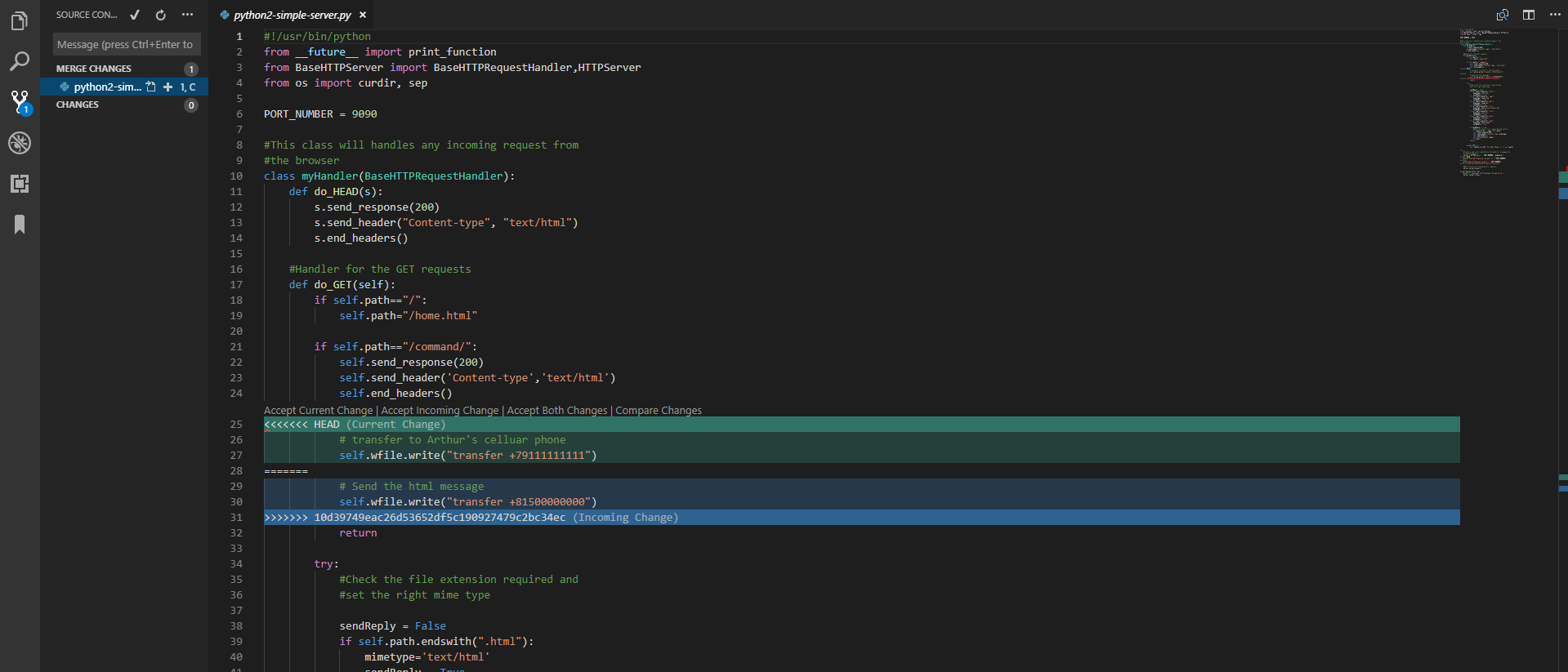

- SUBLIME MERGE MERGE BRANCHES HOW TO
- SUBLIME MERGE MERGE BRANCHES INSTALL
- SUBLIME MERGE MERGE BRANCHES CODE
There's even an extension for integrating Codespaces. Git History is like running git log, but interactive. Git Graph allows you to visualize repo history as a tree. Git Lens offers too many features to list here. SUBLIME MERGE MERGE BRANCHES CODE
The GitHub Pull Requests and Issues extension allows you to to do code reviews without opening GitHub.
SUBLIME MERGE MERGE BRANCHES INSTALL
Don't want to go all the way to GitHub to see who wrote the code you're looking at? Install Git Blame!.  I've written about enabling a git commit message template in the source control panel. This is all available without configuring any of the many settings, and we haven't even gotten to extensions.Īdd even more features with extensions from the marketplace! The git output even shows the git commands VS Code used, if you're curious. There are indicators about changes made in the file and status bar too. You can view the working tree and stage and unstage changes with buttons. It'll tell you what changes are staged and unstaged. Once you've opened a repo, you get an overview of your working directory. The source control panel itself is packed with features. Not to mention, it can handle multiple version control systems at the same time. What makes VS Code's version control integration unique is that you can download the extension for a version control system other than git. Because it's still git under the hood, you can always switch to using the git commands in the terminal even if you had been using VS Code's buttons. When you download VS Code, it comes with the git plugin. VS Code's Source Control is a Source Code Management API that sends models to your version control system. This is separate from VS Code's Source Control, which is closer to a GUI client. Then, every time you went to write a commit message or interactive rebase, a VS Code window would open instead of a vi window in your terminal. For example, if you wanted to set up VS Code, you'd run
I've written about enabling a git commit message template in the source control panel. This is all available without configuring any of the many settings, and we haven't even gotten to extensions.Īdd even more features with extensions from the marketplace! The git output even shows the git commands VS Code used, if you're curious. There are indicators about changes made in the file and status bar too. You can view the working tree and stage and unstage changes with buttons. It'll tell you what changes are staged and unstaged. Once you've opened a repo, you get an overview of your working directory. The source control panel itself is packed with features. Not to mention, it can handle multiple version control systems at the same time. What makes VS Code's version control integration unique is that you can download the extension for a version control system other than git. Because it's still git under the hood, you can always switch to using the git commands in the terminal even if you had been using VS Code's buttons. When you download VS Code, it comes with the git plugin. VS Code's Source Control is a Source Code Management API that sends models to your version control system. This is separate from VS Code's Source Control, which is closer to a GUI client. Then, every time you went to write a commit message or interactive rebase, a VS Code window would open instead of a vi window in your terminal. For example, if you wanted to set up VS Code, you'd run 
SUBLIME MERGE MERGE BRANCHES HOW TO
Your text editor will have documentation on how to set it up. or you can configure it to open your preferred text editor. You can configure it to open other editors in the terminal. Git will often open a vi window in the terminal. There are parts of using git that require a text editor. The git reference documentation maintains a list of git GUI clients, including mobile apps! I've used GitKraken and Sourcetree in the past. Personally, I find it really helps me to see the repo history visualized as a tree, so I currently use Sublime Merge. GitHub has GitHub desktop, which will show you commits and diffs like on GitHub. They're older, still fairly command line based, and will require installing them with a package manager and/or updating your terminal profile. There are two GUIs that are considered part of git - gitk and git gui. I wrote the majority of this series explaining git concepts with command line because understanding the commands behind the buttons has helped me get out of sticky situations more than once. Whenever I go to rebase or compare branches, I use a GUI to help me visualize the history of the codebase. I know plenty of experienced developers who only use a GUI. In other words, instead of trying to understand your repo history and use git just from the command line, you can use a program that gives you pictures and buttons. Enter fullscreen mode Exit fullscreen modeĪ GUI is a graphic user interface.







 0 kommentar(er)
0 kommentar(er)
